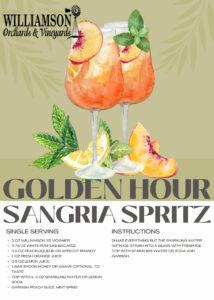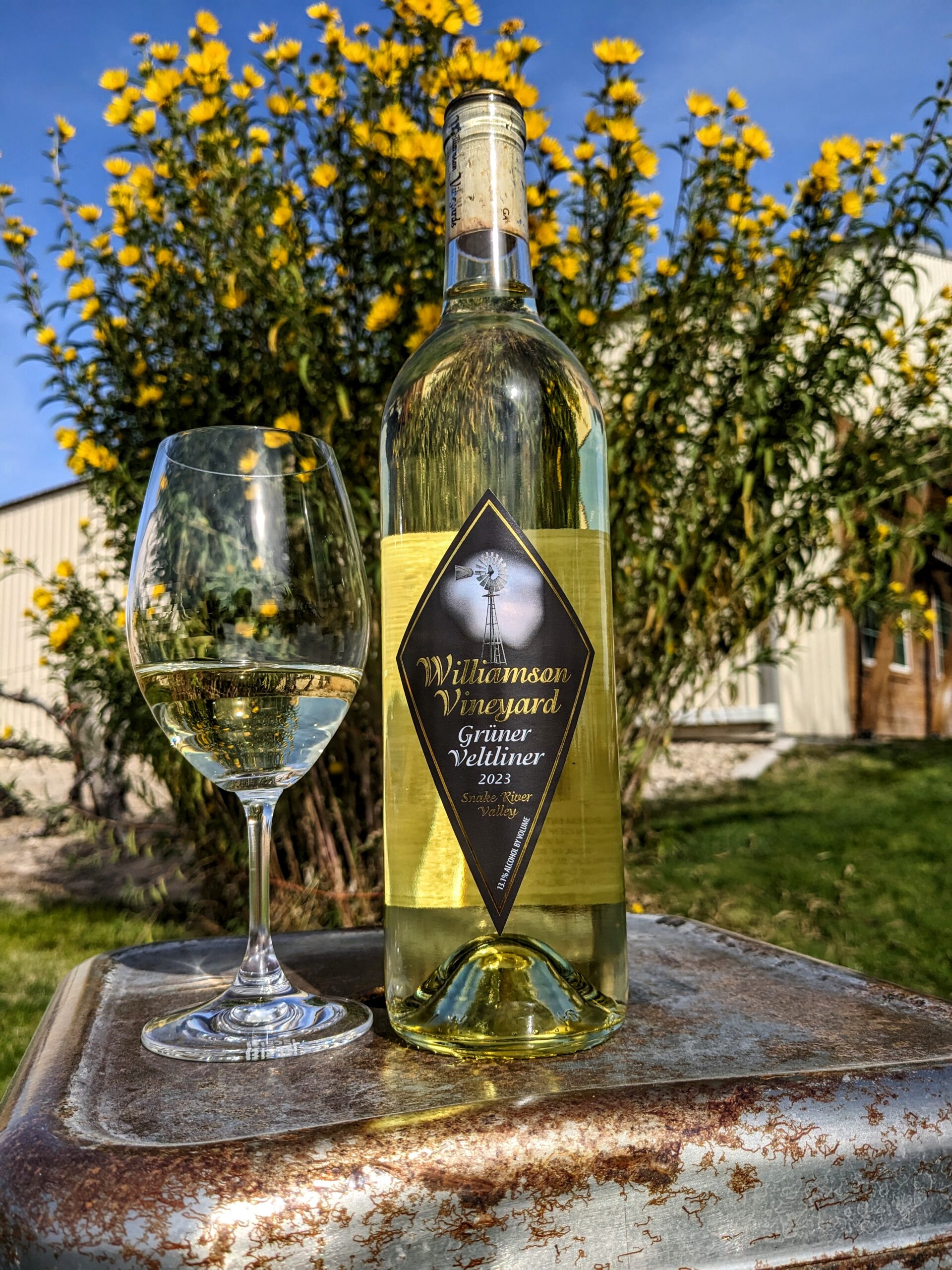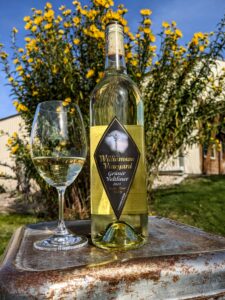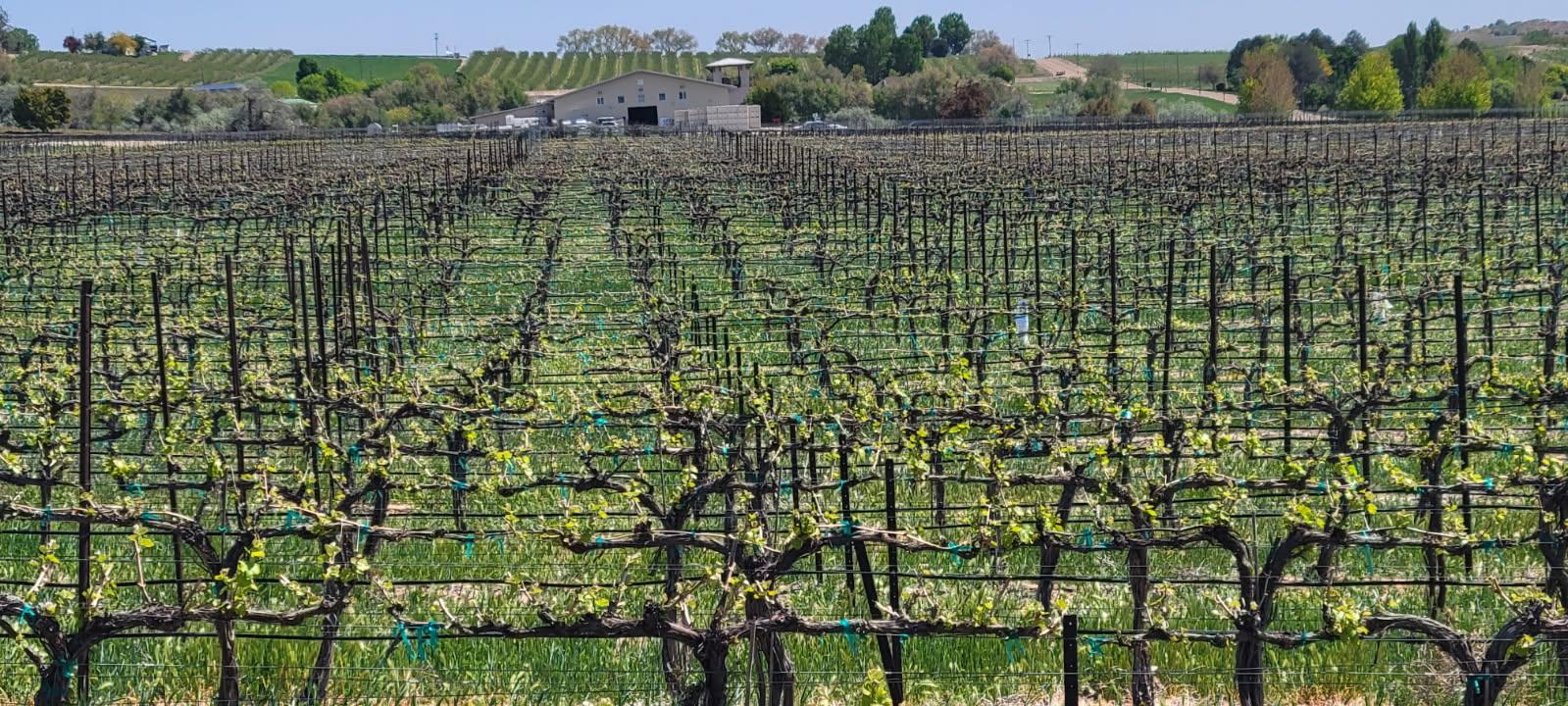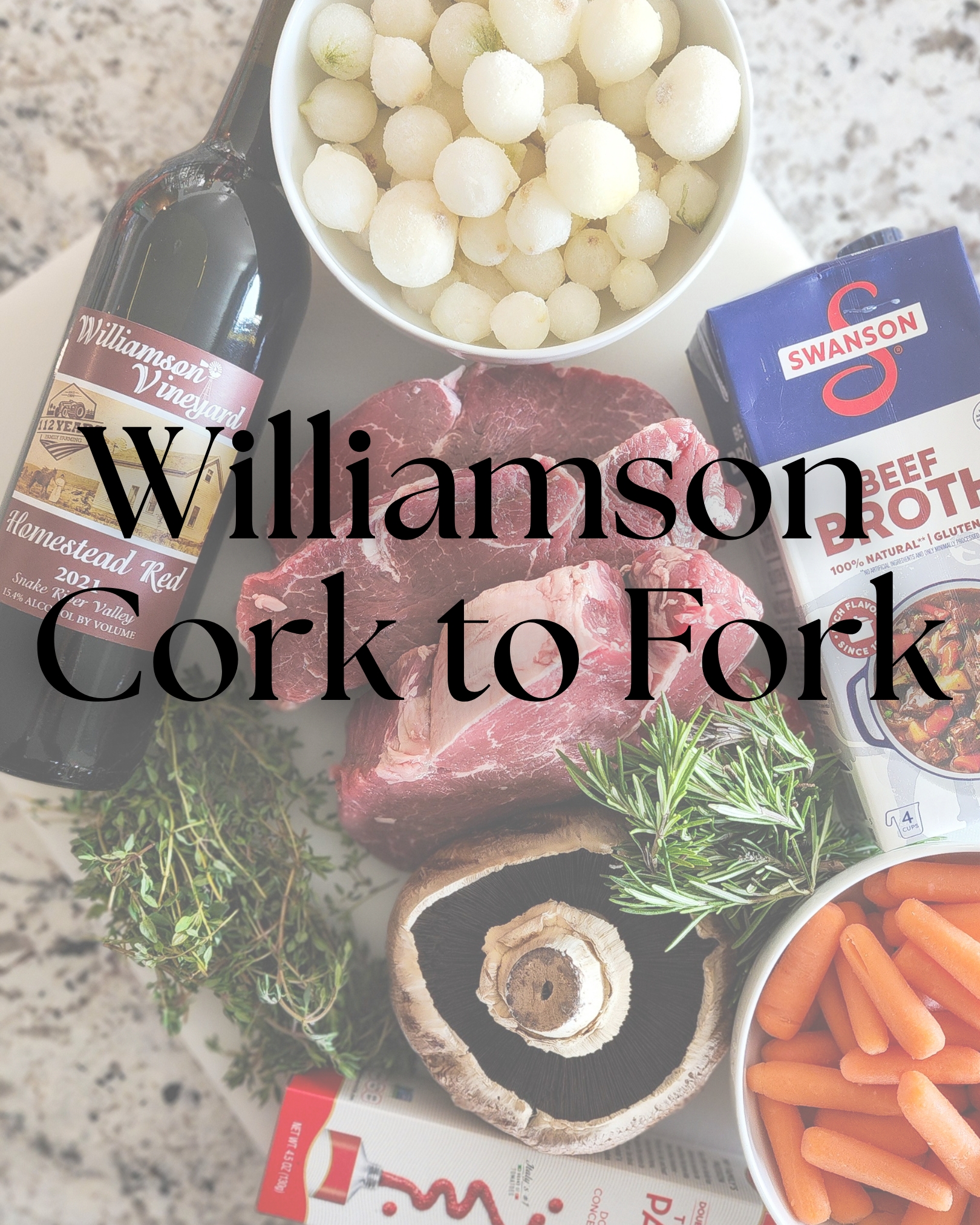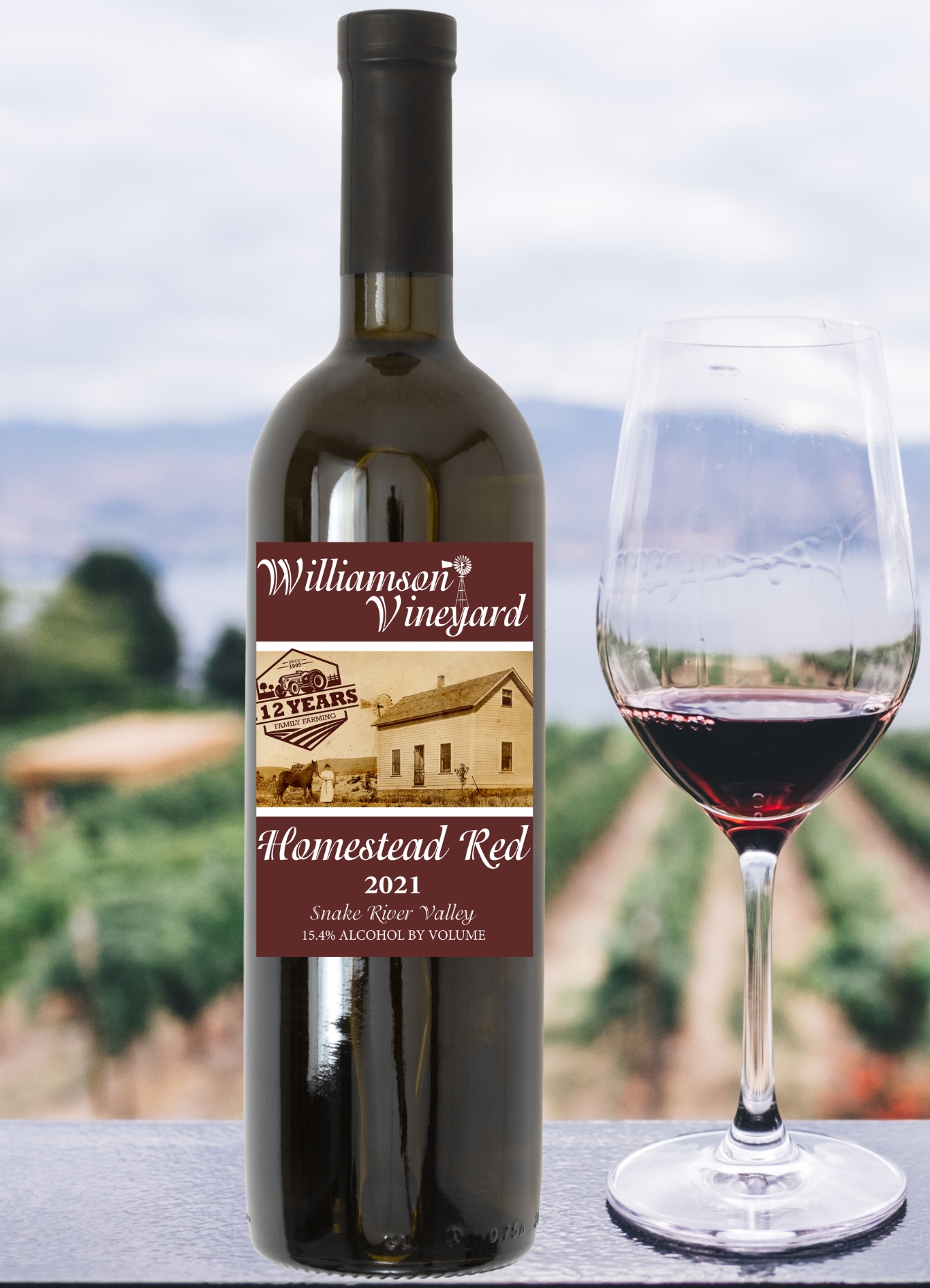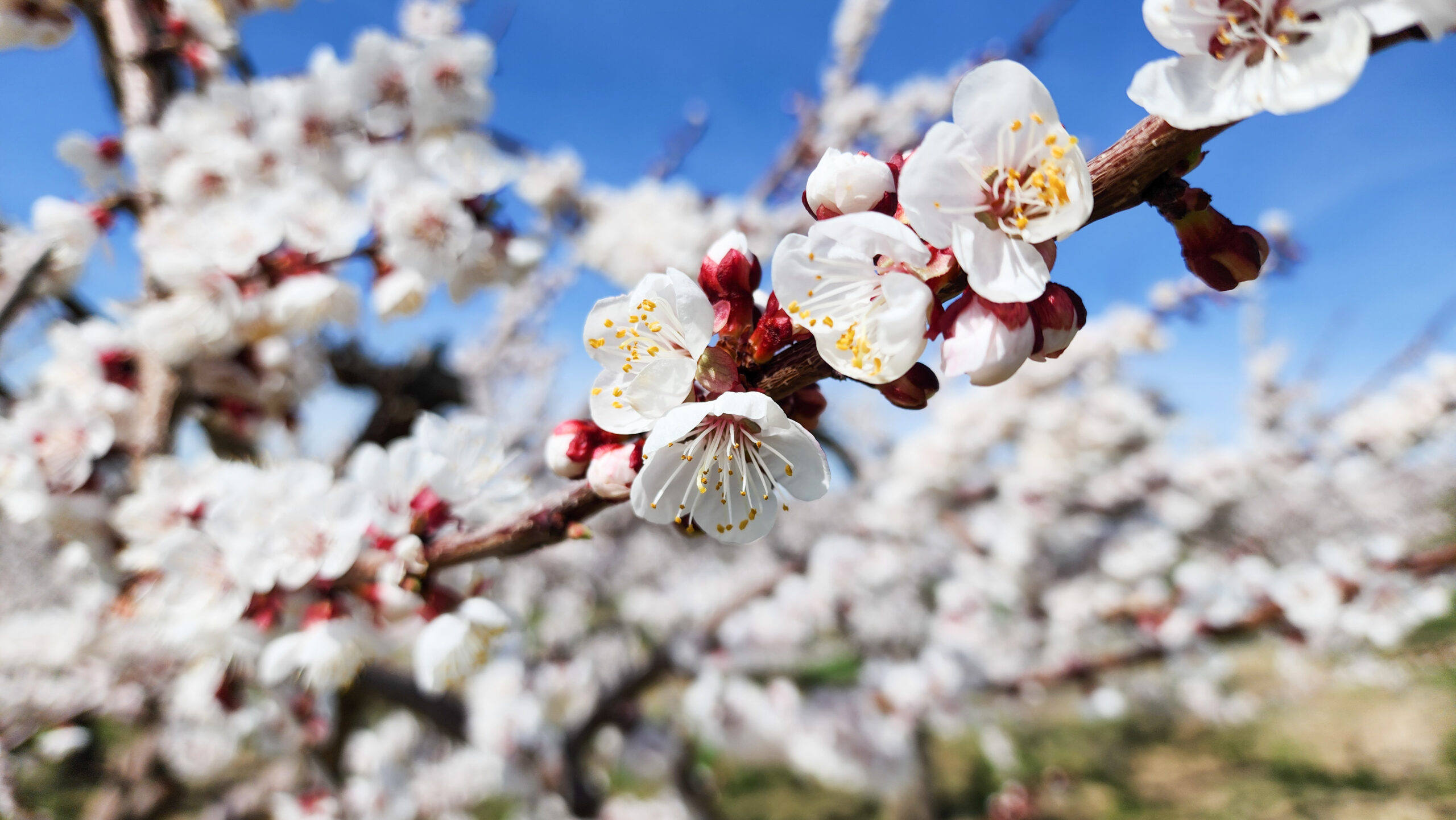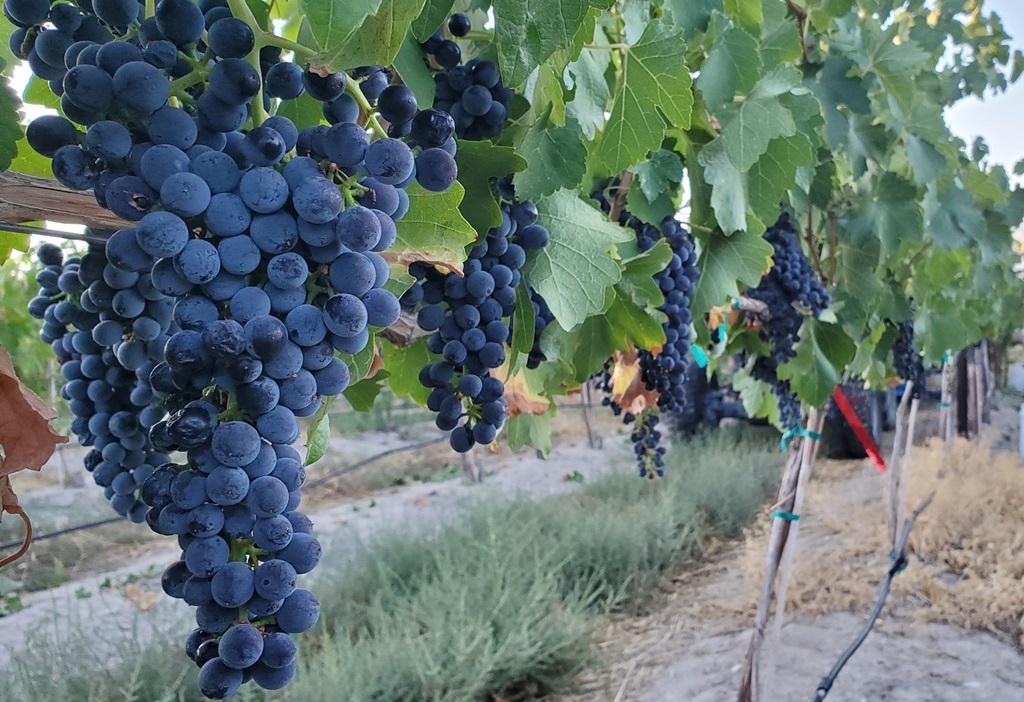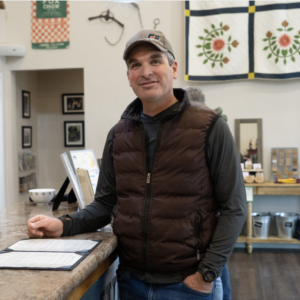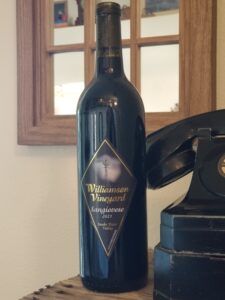Fancy name, simple preparation, dazzling taste: that’s beef bourguignon!
And may we just say – it’s a smidgen better when you include Williamson Vineyards Homestead Red into the mix. The depth and complexity of the wine lends itself perfectly to the simplicity of the ingredients that when complete, elevates the dish into something spectacular. The best part? It’s wonderful the day its served – it’s even BETTER the next day as leftovers.
Grab your ingredients, grab your wine, and hold on tight as Williamson Cork to Fork returns with this simplistic show-stopper.

INGREDIENTS:
3 to 4 pounds beef, could be chuck roast or tenderloin – you choose!
2 cups beef broth
2 tablespoons tomato paste
Fresh herbs – I used a few sprigs of rosemary and a few sprigs of thyme
2 cups carrots
2 cups pearl onions, frozen are fine
1.5 cups sliced mushrooms, I used one rather portly portobello and it did the job well
7 – 10 cloves of garlic, measure with your heart on that
Salt and pepper to taste
Olive oil / beef tallow for browning
The most important ingredient: Williamson Homestead Red
Step 1:
Heavily, and I do mean heavily salt and pepper the meat. Let it come up a few degrees in temp by sitting on your counter while you grab your dutch oven and pre-heat it over medium heat on the stove. Also, preheat your oven. If you’ve got 4 hours to let this roast, 275 degrees F is suitable. If you’d like to get this plated in 90 minutes, 350 degrees F is best.
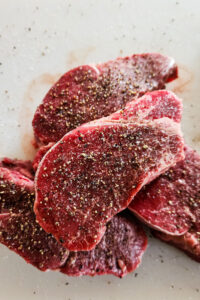
Step 2:
Once your dutch oven is good and pre-heated, plop in a couple tablespoons of either olive oil or beef tallow – my personal favorite for this is beef tallow. You’ll sear it off for 2 – 3 minutes on each side, just to develop some color. Once completed, remove from the pan and set aside.
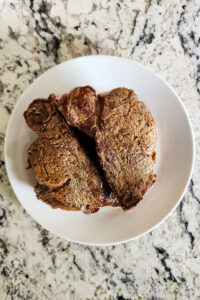
Step 4:
This recipe has the perk of simplicity interlaced throughout it start to finish – there’s not a lot of extensive prep work, chopping, peeling – none of that. Who needs that? Not me. I grabbed frozen pearl onions, baby carrots, and the only chopping required was from my portobello mushroom. Every bit of the mushroom is useable, however I chose only to slice up the cap (top portion) and discard the base. My husband made fun of me for it. I told him to be quiet. You do you.

Step 5:
In your still-pre-heated-since-removing-the-meat dutch oven, toss in another tablespoon of olive oil or beef tallow. It’ll make the veggies happy, we promise. Toss all your vegetables into the dutch oven: Onions, carrots, mushrooms, and garlic.
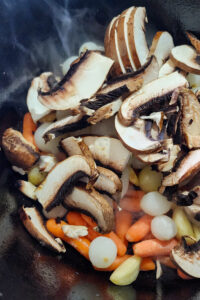
Step 6:
Add in 2 tablespoons of good quality tomato paste, I like using the brand Mutti from Italy because it makes me feel fancy and some Italian tiktok’er said it was what he always used. Call me influenced. Stir around the veggies and let them sweat for a few minutes with all those flavors working together.
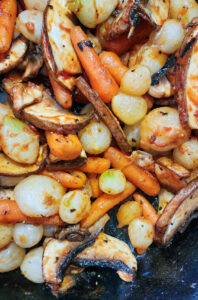
Step 7:
Here’s where everything moves fast and you’ll basically be able to wipe your hands clean from the task of making this dish: once you’re veggies have mixed, place the browned meat into the dutch oven along with your herbs. Pour in your beef stock, about 2 cups. Pour in your Homestead Red. I utilized about 3/4 of the bottle – which – coincidentally, left me with the perfect pour for myself.
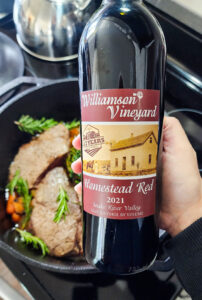
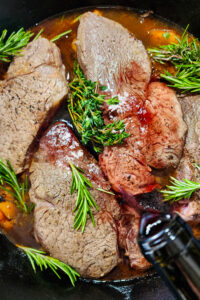
Step 8:
Put the lid on, slide it into your pre-heated oven, and drink your leftover Homestead Red. Your house will soon bear the scent of rich, earthy, comfort food and you’ll have peace knowing that dinner, one – is done, and two, will be DEElicious. I ended up braising my beef at 325 for just under two hours. It turned out fall-apart tender and had and incredibly savory flavor. We served it with mashed potatoes and called it a day.
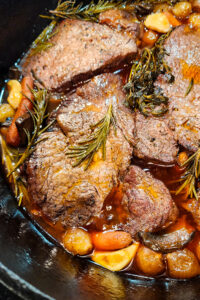
Whether you’re wanting to cook for a crowd or have an intimate dinner with someone special, this dish will not disappoint. It’s the full pendulum swing in a meal – simple, but complex. Rustic, but elevated. We hope you enjoy preparing this with our Homestead Red – make sure you grab two bottles, though – after all, you’ll need on to drink after you’re done cooking! Cheers!
Stay tuned for more exciting recipes as Cork to Fork makes its return!
